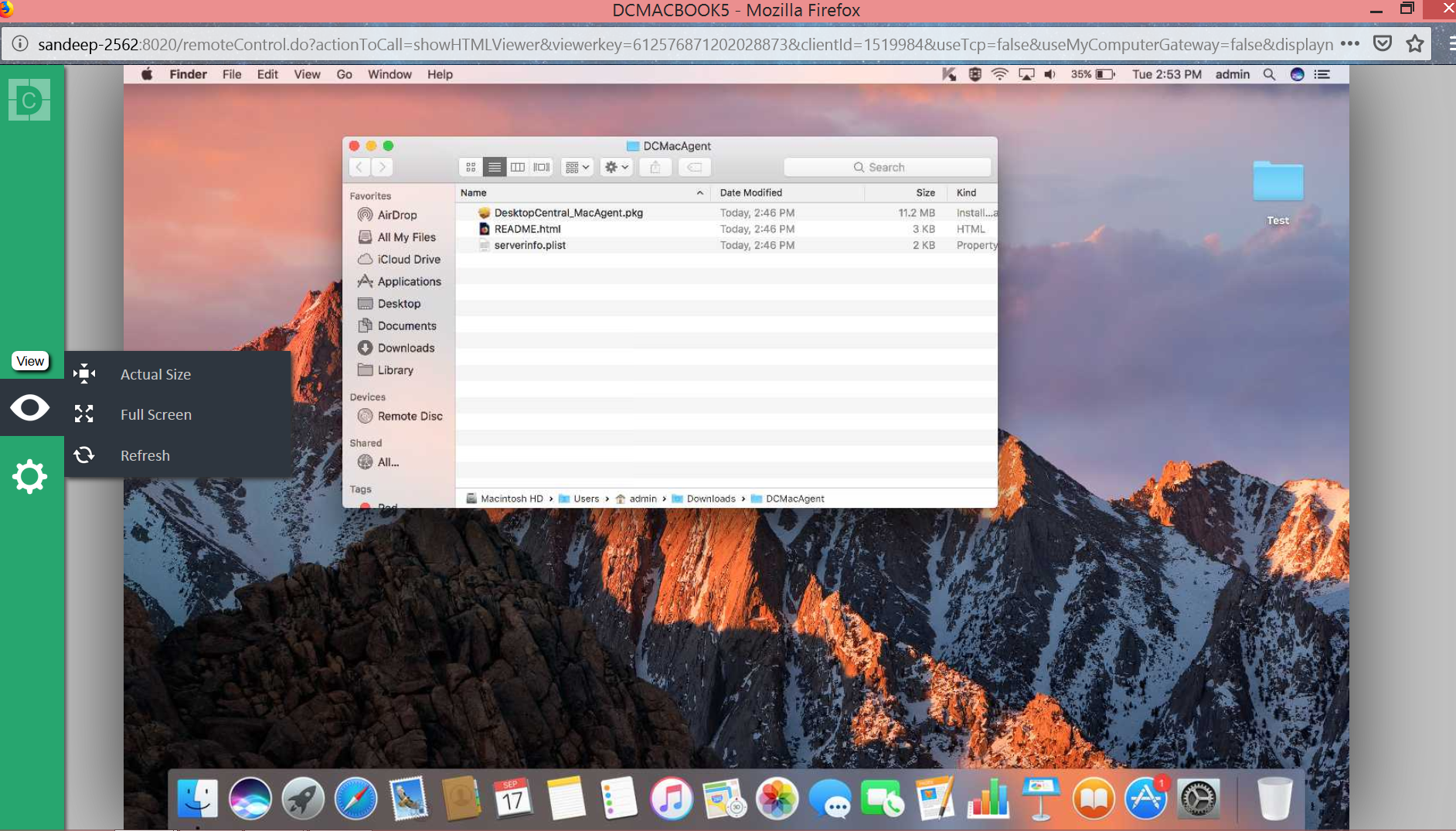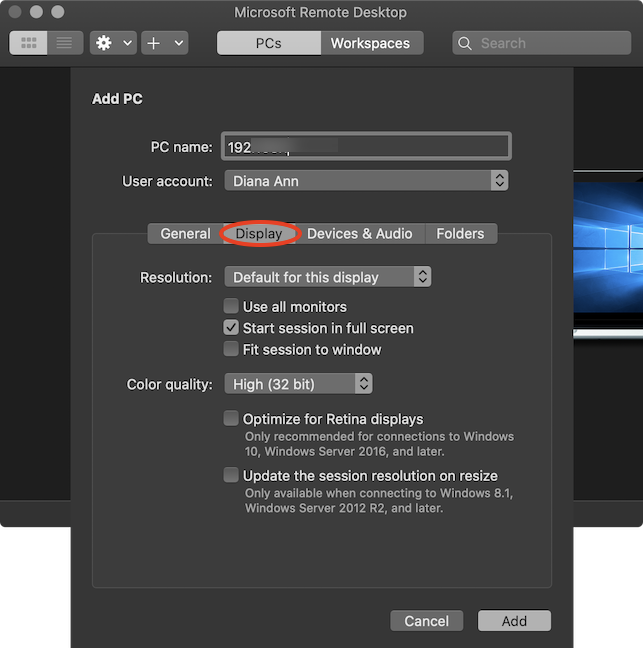

As I mentioned earlier, any version of Windows XP or Vista can connect as a Remote Access client. Click Apply in System Properties.Ĭonnect to a PC With Built-In Windows Remote AccessĮnter the password, and click OK. To give other people access, click Select Users, click Add, enter the user name, and click OK to permit that access. (If you’re connecting exclusively between Windows Vista PCs, click the final radio button for a more secure process.) You’ll be able to connect from another computer if you know this PC’s administrator name and password. Click the radio button next to Allow connections from computers running any version of Remote Desktop. In Windows Vista, click Start, right-click Computer, select Properties, and click Remote settings in the left pane. Click OK again if needed to get back to System Properties. Enter the username into the box, and click OK. If you want to give people who aren’t privy to this information access, select Remote Users and click Add. This setting will enable you to connect from another computer as long as you know this PC’s administrator name and password. Click the checkbox next to Allow users to connect remotely to this computer. Any version of Windows XP or Vista can connect as a client, however.Īs an administrator in Windows XP, click Start, right-click My Computer, select Properties, and click the Remote tab.

If you’re running Vista PCs only, click the final radio button for improved security.Remote Access lets you connect to remote PCs without installing additional software, but there’s a catch: The tool lets you create a host machine only in Windows XP Pro, Windows Vista Business, and Windows Vista Ultimate. Enable Built-In Windows Remote Access on a Host PC Security is important, too so I’ll show you how to tunnel through a virtual private network (VPN) to make sure that your data stays safe. I’ll explain how to get started with tools built into Windows, and I’ll cover third-party options that may be a better fit for some users. You have several options for configuring and setting up remote control. Your monitor shows a view of the far-away screen, and your mouse controls the remote pointer. Want to check up on a video file that you left exporting to a different format at work overnight? Or need to help troubleshoot a distant employee’s PC? These tools let you assume control of the remote system as if you were there. We’re not yet living in a Star Trek universe with teleporters to beam us from place to place instantly, but virtual network computing (VNC) and remote access might be the next best thing.


 0 kommentar(er)
0 kommentar(er)
